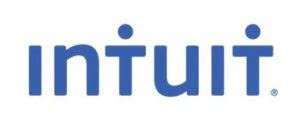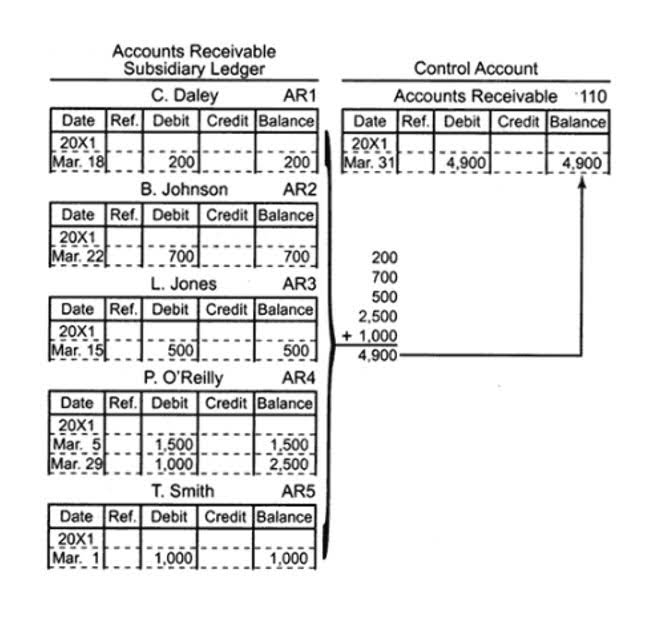Хан-Уул дүүргийн нэгдсэн эмнэлэг
Хан-Уул дүүргийн нэгдсэн эмнэлэг
Хан-Уул дүүргийн нэгдсэн эмнэлэг

After analyzing its history and modern use, I have a new appreciation for how deeply rooted MM is within finance culture, likely to endure for the foreseeable future. To understand MM, we have to go back to the early days of accounting when Roman numerals were used to record ledgers. In this era, M already signified 1,000, while MM denoted 1 million.
The use of “MM” to denote millions in financial contexts has a rich history that intertwines with the evolution of accounting and financial reporting practices. The origins of this notation can be traced back to the Roman Empire, where the numeral system laid the groundwork for modern numerical abbreviations. The Romans used “M” to signify 1,000, and this convention persisted through the centuries, influencing various aspects of numerical representation in Western cultures. A money market fund (MMF) is a type of mutual fund that invests in cash, cash equivalents and short-term debt securities.


Although different accountants have adopted Roman and Greek traditions (or transitioned to modern abbreviations), context is what unlocks the knowledge needed to understand the term. The Greek option is typically capitalized when multiple abbreviations are used for accounting purposes. Roman abbreviations are usually not capitalized when using this method (1MM vs. 1mm), but each firm has different standards they follow.

The use of “MM” became more entrenched as these standards aimed to harmonize financial reporting across different jurisdictions, ensuring consistency and comparability. To comply with these liquidity requirements, BlackRock must consider factors that could affect the strategy’s liquidity needs, including market opportunities and shareholder flows. MMFs are mutual fund https://www.bookstime.com/ investment solutions for your cash that are designed to offer portfolio diversification and liquidity.


You can see it on ancient French and British ledgers from the 18th and 19th centuries where “M₤” represents £1000 and “MM₤” is £1million. So the convention of using M for thousands and MM for millions originated in Roman numeral-based accounting. The distinction between “M” and “MM” in financial contexts is more than just a matter of an additional letter; it reflects different conventions and practices that can significantly impact financial interpretation. “M” is derived from the Roman numeral for 1,000, and it is often used to https://www.instagram.com/bookstime_inc denote thousands. This usage is prevalent in various industries and contexts, particularly in the United States, where it simplifies the representation of large numbers without overwhelming the reader with zeros. Modigliani and Miller wrote their original article to negate the idea that capital structure affects a firm’s value.
Agreed between client and bank (often costs to break term agreements). Most MMFs offer same or next-day liquidity with no lock up period. Regional regulation drives the different types of MMF structures available. However, in general, there are four mm meaning finance different types of MMF strategy, each of which invests in different kinds of securities in addition to holding cash and cash equivalents. Modigliani and Miller were professors at the Graduate School of Industrial Administration at Carnegie Mellon University.